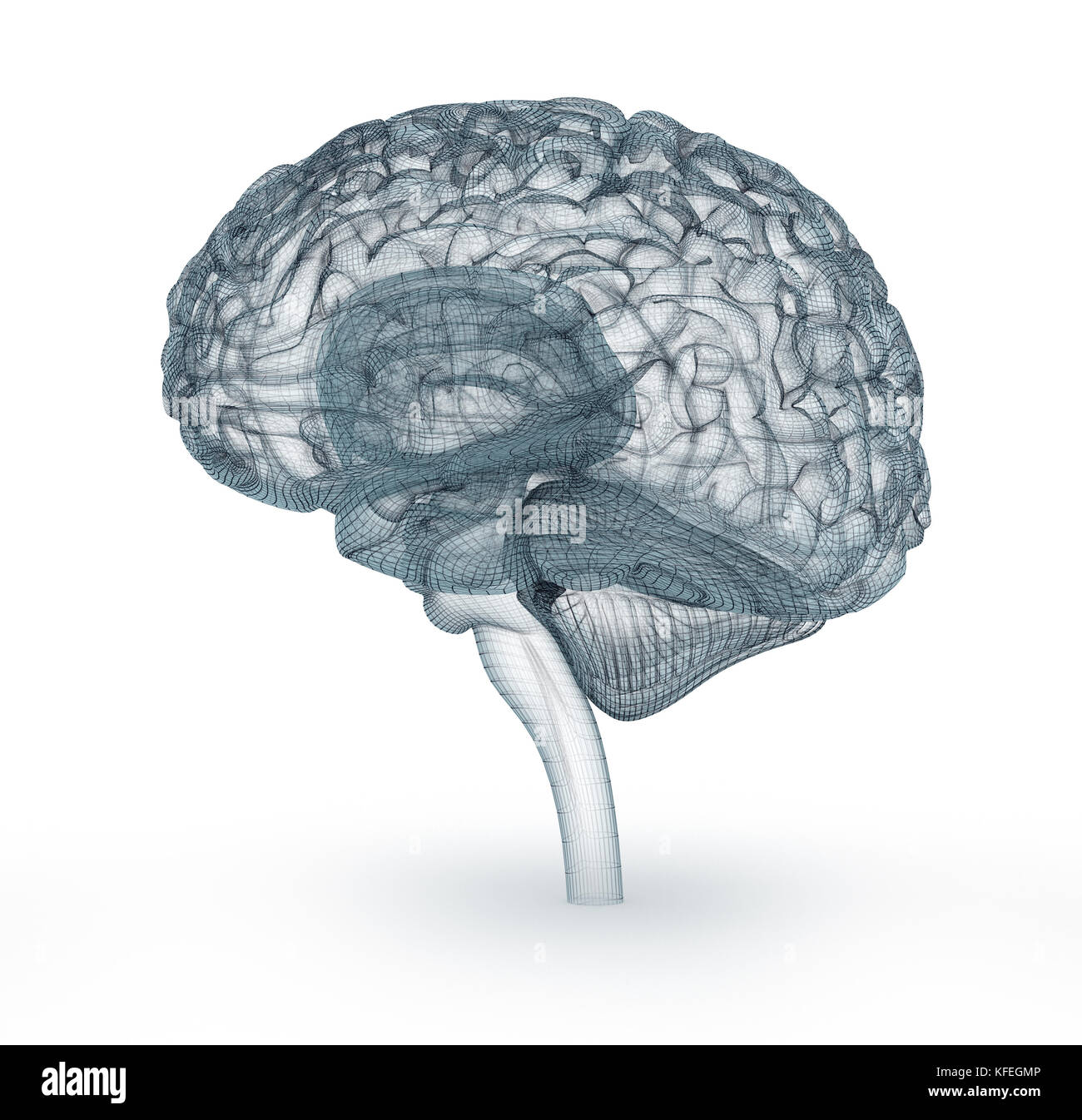

- #Wiring of the human brain 3d model full
- #Wiring of the human brain 3d model software
- #Wiring of the human brain 3d model download
These findings launched a race to understand the cellular composition of the brain and how brain cells are connected to one another. This principle states that neurons, among the main types of brain cells, communicate with one another via the gaps between them called synapses. Using a new way to visualize individual cells called Golgi staining, a method pioneered by Nobel co-winner Camillo Golgi, and microscopic examination of brain tissue, Cajal established the seminal neuron doctrine. And Santiago Ramón y Cajal, with his 1906 Nobel Prize-winning work on the cellular structure of the nervous system, made one of the first breakthroughs that led to modern neuroscience as we know it. Leonardo da Vinci drew anatomical depictions of the brain with wax embedding. Aristotle proposed that the brain is where spirit resides. The task of understanding the inner workings of the brain has fascinated both philosophers and scientists for centuries. #studyBRAIN - Allen Institute OctoThe history of brain mapping
#Wiring of the human brain 3d model full
reports on a massive effort that just brought us one step closer to a full brain cell type census. We found that the FFN was able to trace through locations with multiple missing slices much more robustly when using the SECGAN-hallucinated image data.To deconstruct a thinking machine made of billions of neurons, we need a parts list-an inventory of the brain’s cell types. SECGANs are a type of generative adversarial network specialized for image segmentation. Second, we used a “ Segmentation-Enhanced CycleGAN” (SECGAN) to computationally “hallucinate” missing slices in the image volume. First, we estimated the slice-to-slice consistency everywhere in the 3D image and then locally stabilized the image content as the FFN traced each neuron. In order to compensate for these issues we combined FFNs with two new procedures. While the algorithm generally performed well, we found performance degraded when the alignment was imperfect (image content in consecutive sections was not stable) or when occasionally there were multiple consecutive slices missing due to difficulties associated with the sectioning and imaging process. Using thousands of Cloud TPUs we then applied Flood-Filling Networks (FFNs), which automatically traced each individual neuron in the fly brain. Our collaborators at HHMI sectioned a fly brain into thousands of ultra-thin 40-nanometer slices, imaged each slice using a transmission electron microscope ( resulting in over forty trillion pixels of brain imagery), and then aligned the 2D images into a coherent, 3D image volume of the entire fly brain. Bottom right: smaller datasets that Google AI analyzed in publications in 20.Īutomated Reconstruction of 40 Trillion Pixels
#Wiring of the human brain 3d model download
We are also making the full results available for anyone to download or to browse online using an interactive, 3D interface we developed called Neuroglancer.Ī 40-trillion pixel fly brain reconstruction, open to anyone for interactive viewing. Today, in collaboration with the Howard Hughes Medical Institute (HHMI) Janelia Research Campus and Cambridge University, we are excited to publish “ Automated Reconstruction of a Serial-Section EM Drosophila Brain with Flood-Filling Networks and Local Realignment”, a new research paper that presents the automated reconstruction of an entire fruit fly brain. This makes fly brains easier to study as a complete circuit. An important advantage of flies is their size: Drosophila brains are relatively small (one hundred thousand neurons) compared to, for example, a mouse brain (one hundred million neurons) or a human brain (one hundred billion neurons). Eight Nobel Prizes have been awarded for fruit fly research that has led to advances in molecular biology, genetics, and neuroscience. A primary target of recent work is the brain of the fruit fly ( Drosophila melanogaster), which is a well-established research animal in biology. The goal of connectomics research is to map the brain’s "wiring diagram" in order to understand how the nervous system works.

#Wiring of the human brain 3d model software
Li, Research Scientist and Jeremy Maitin-Shepard, Software Engineer, Connectomics at Google


 0 kommentar(er)
0 kommentar(er)
